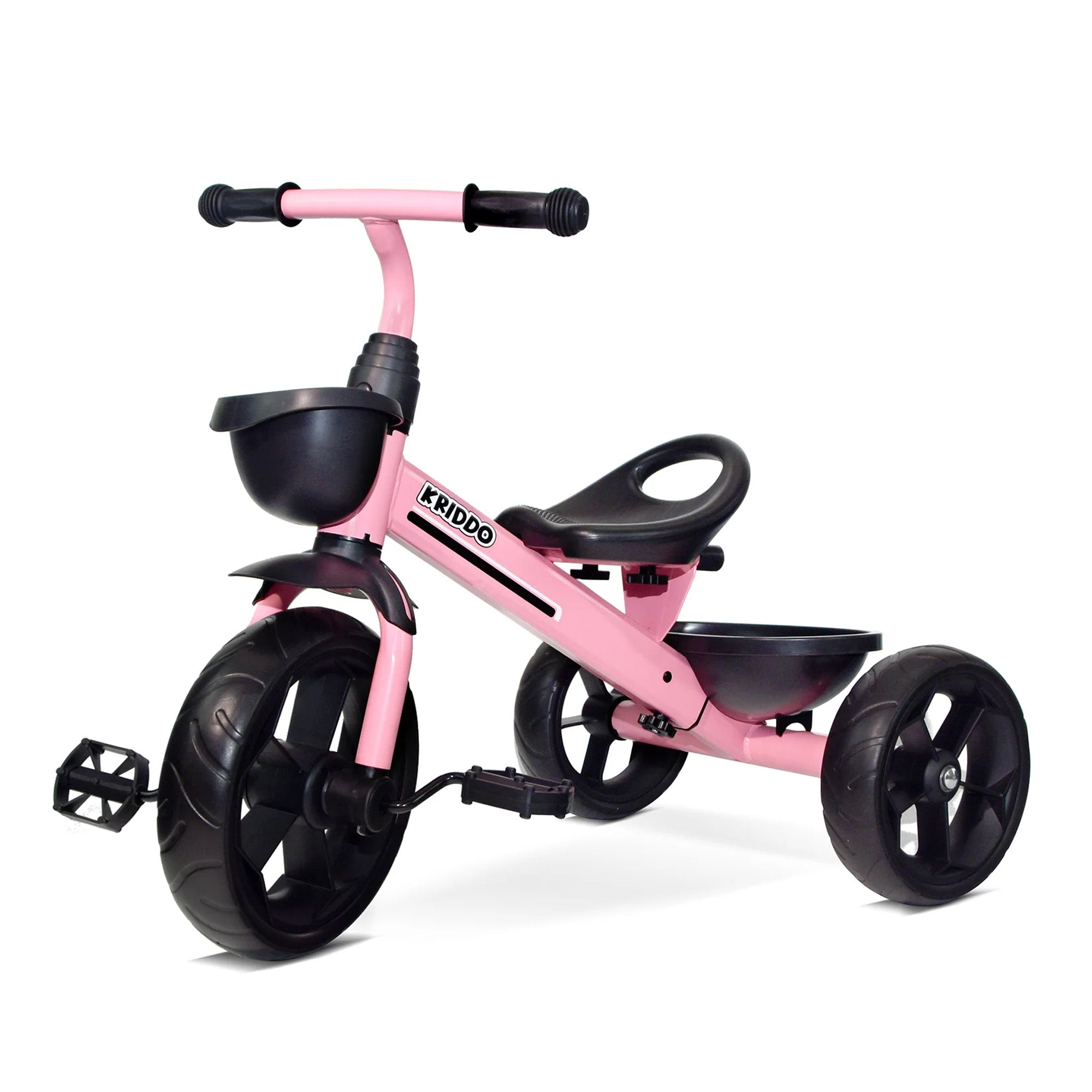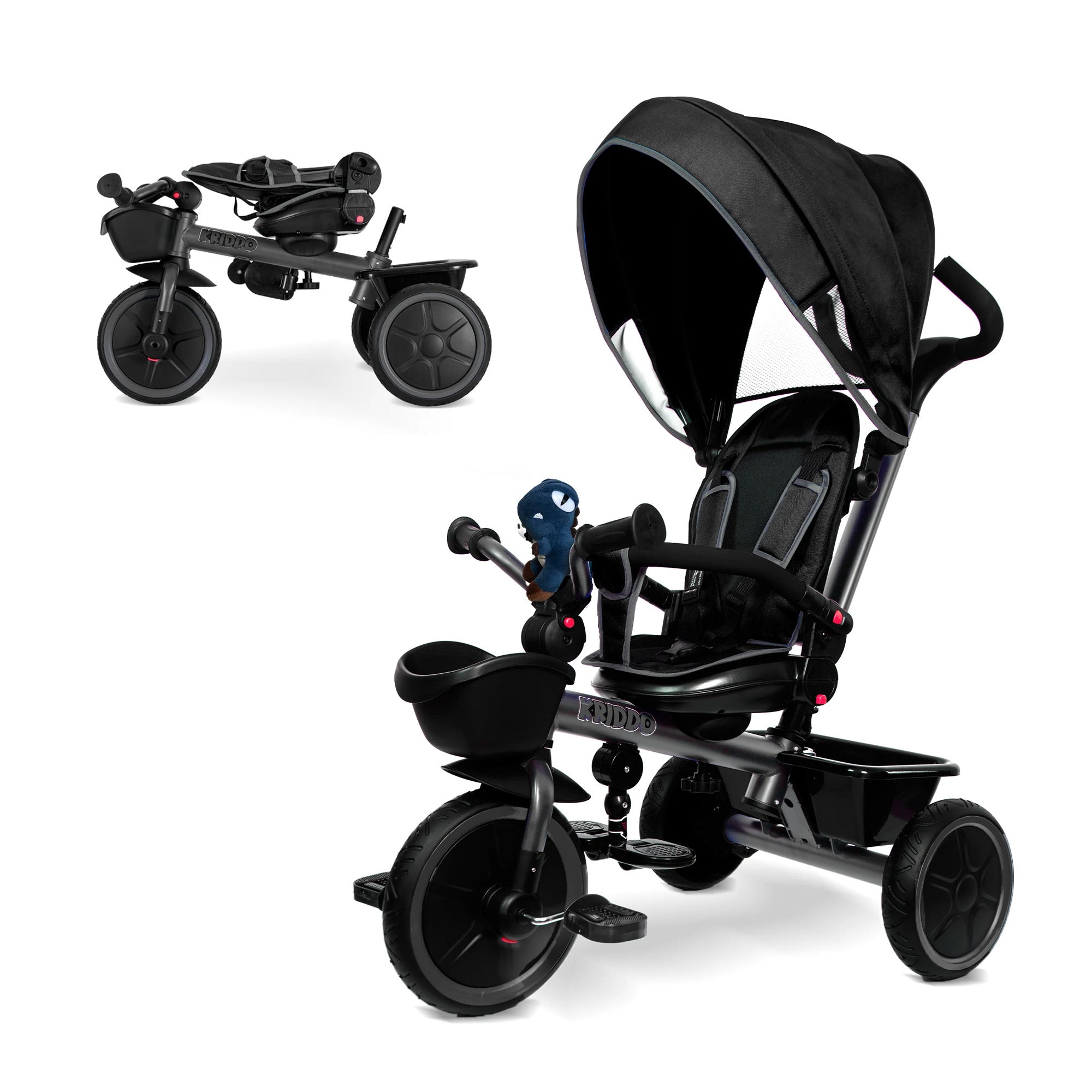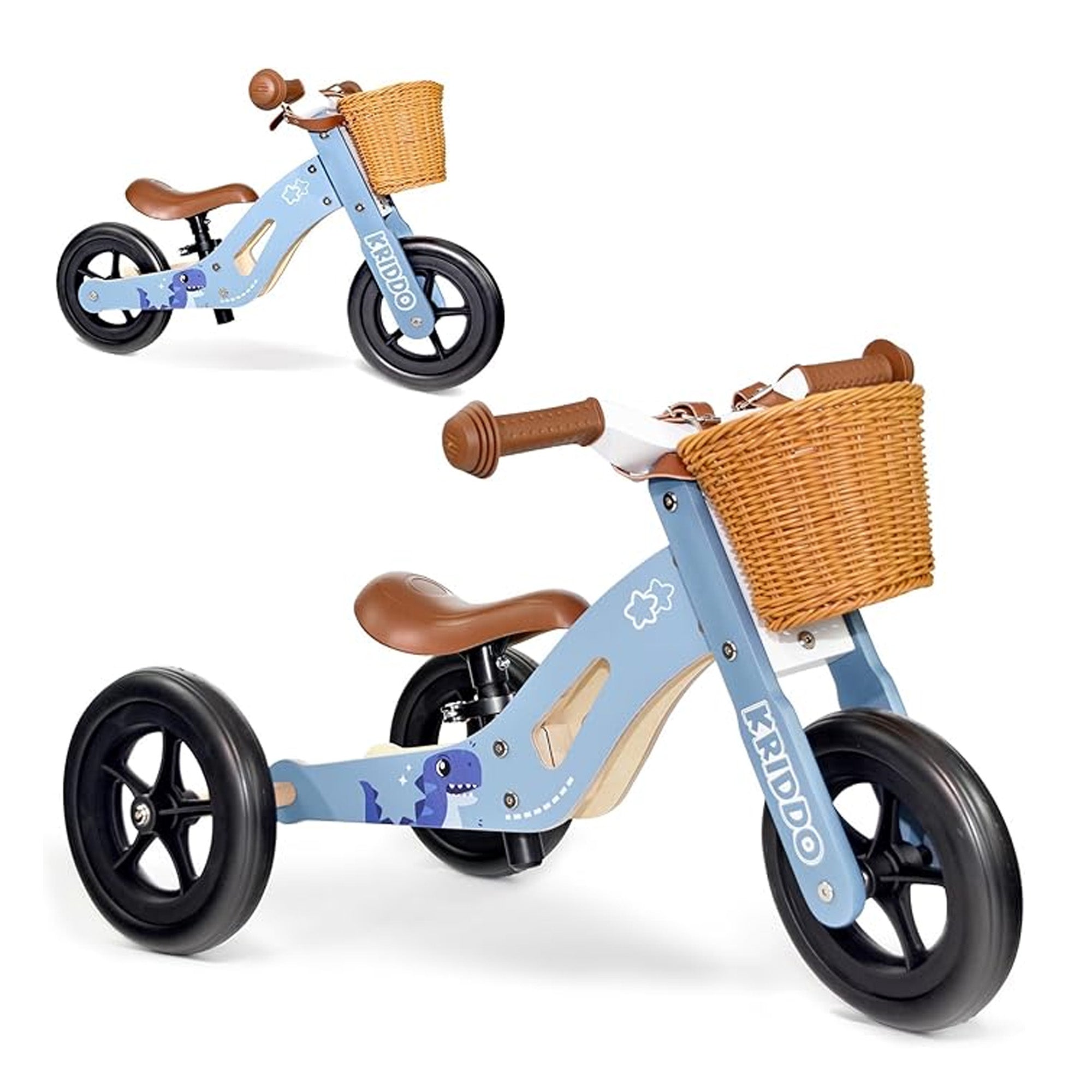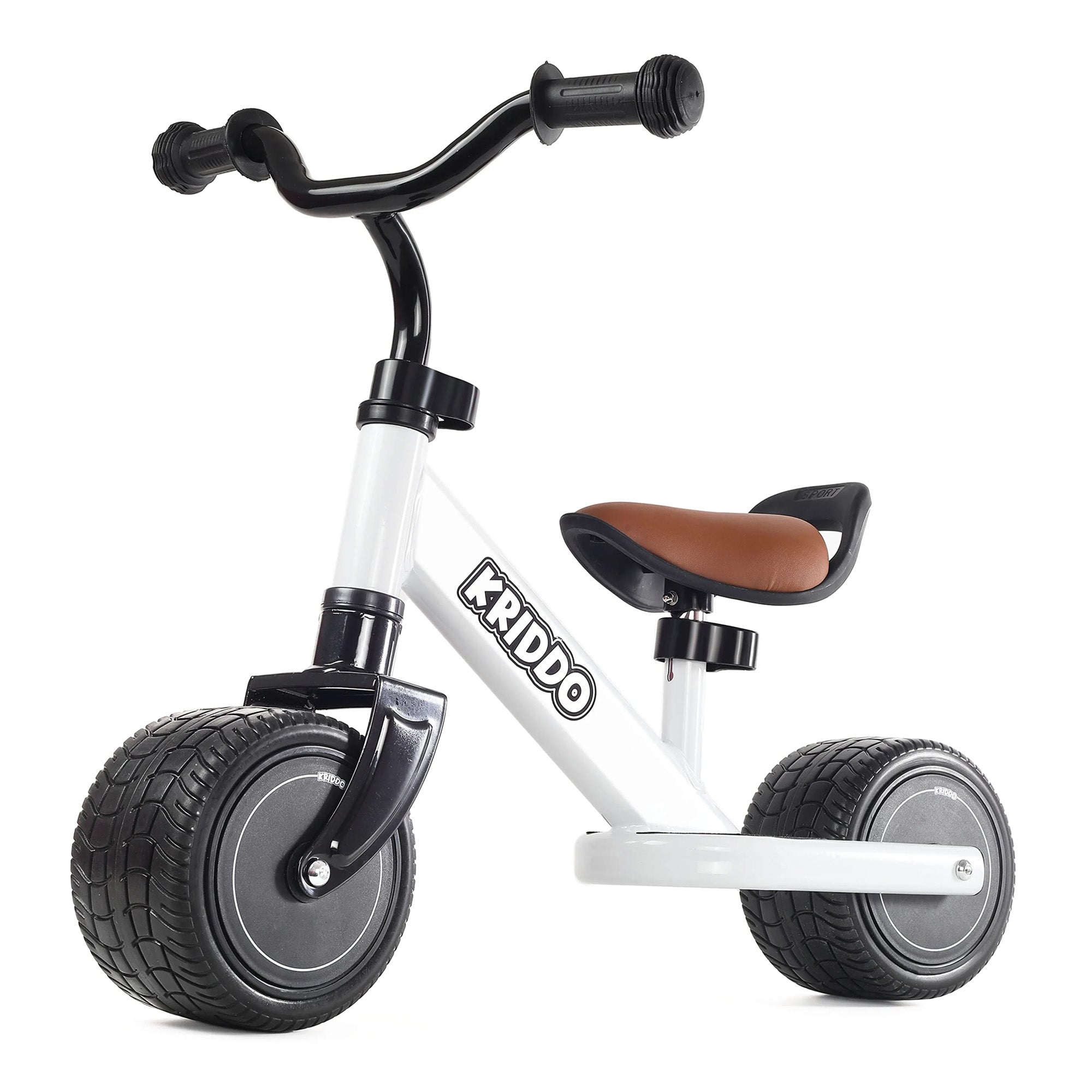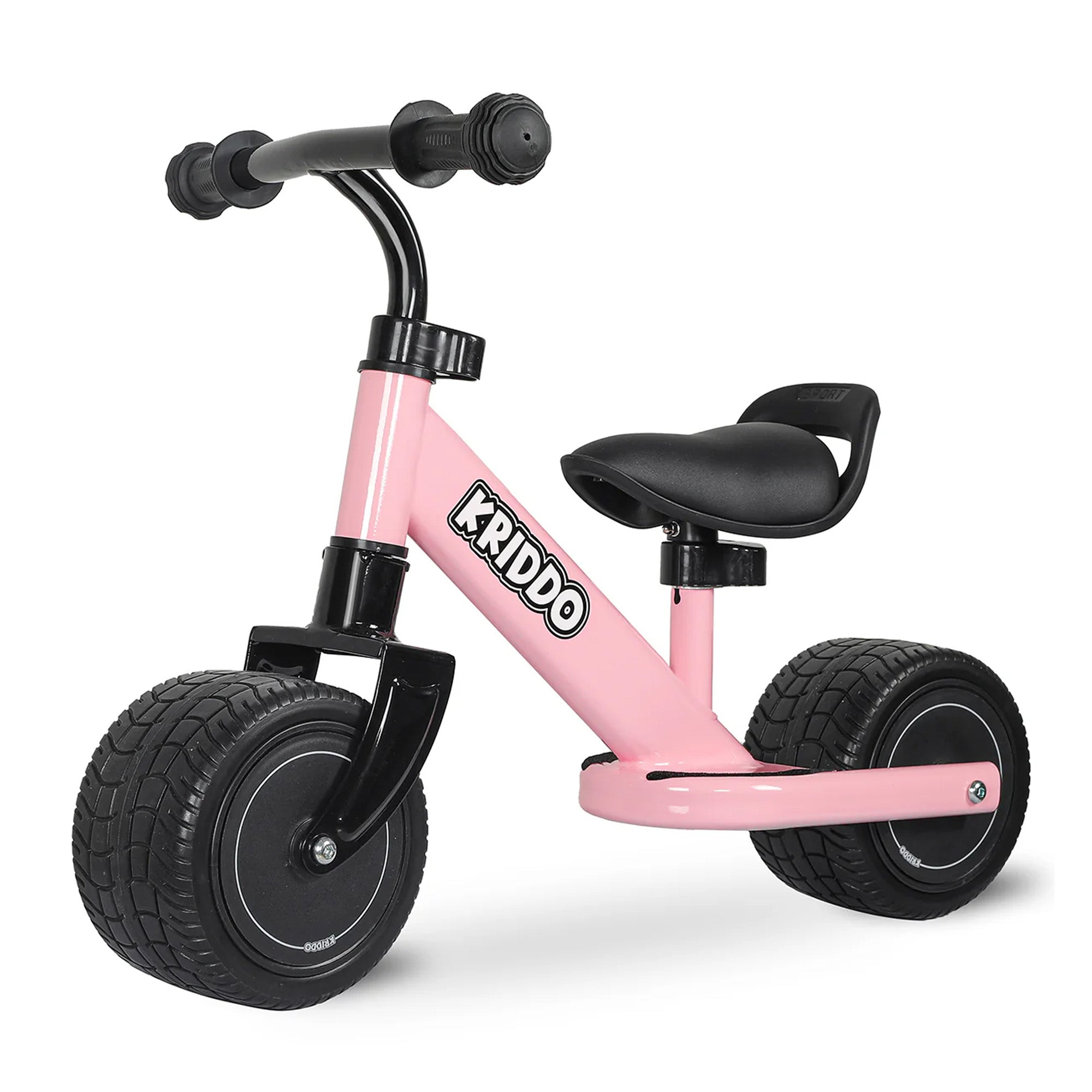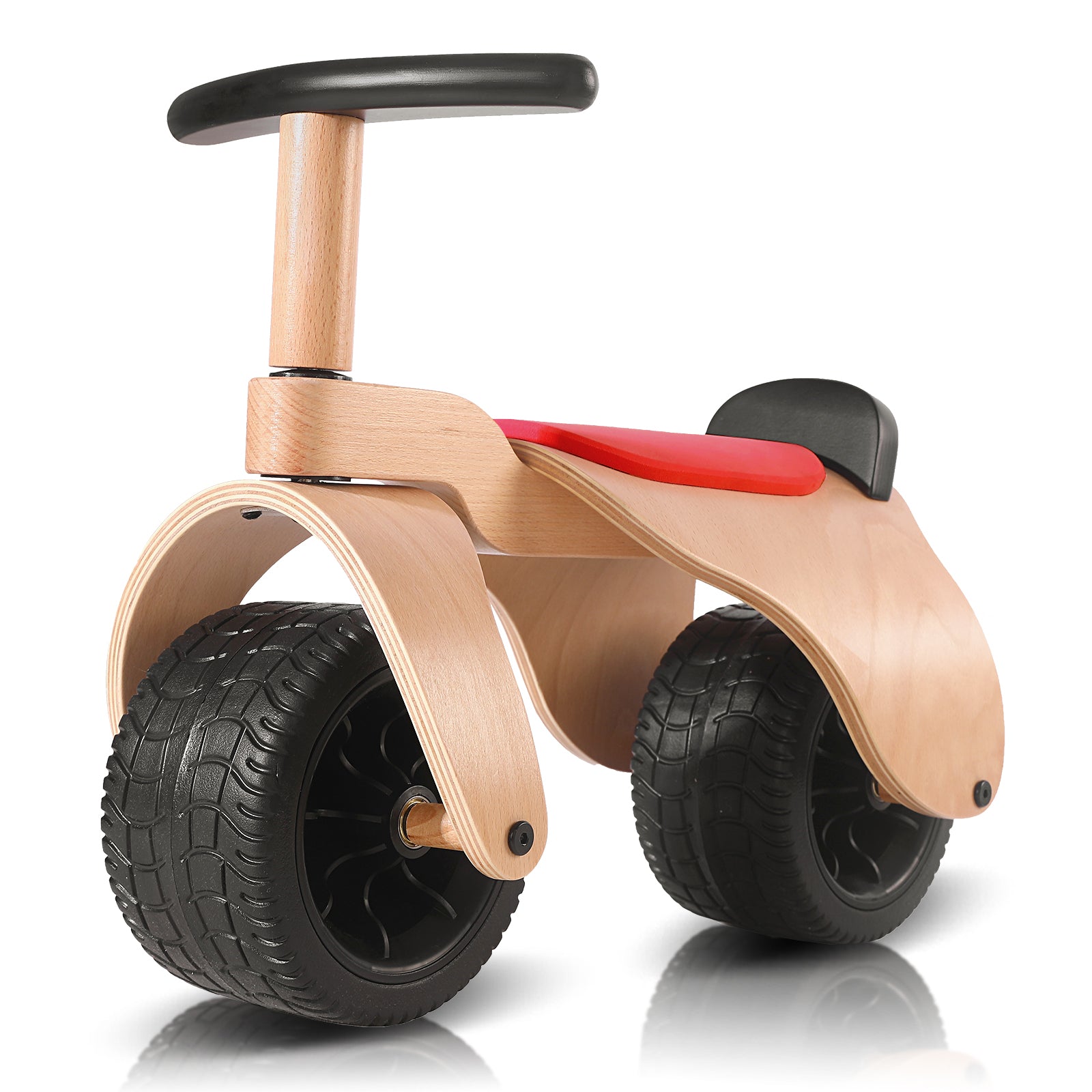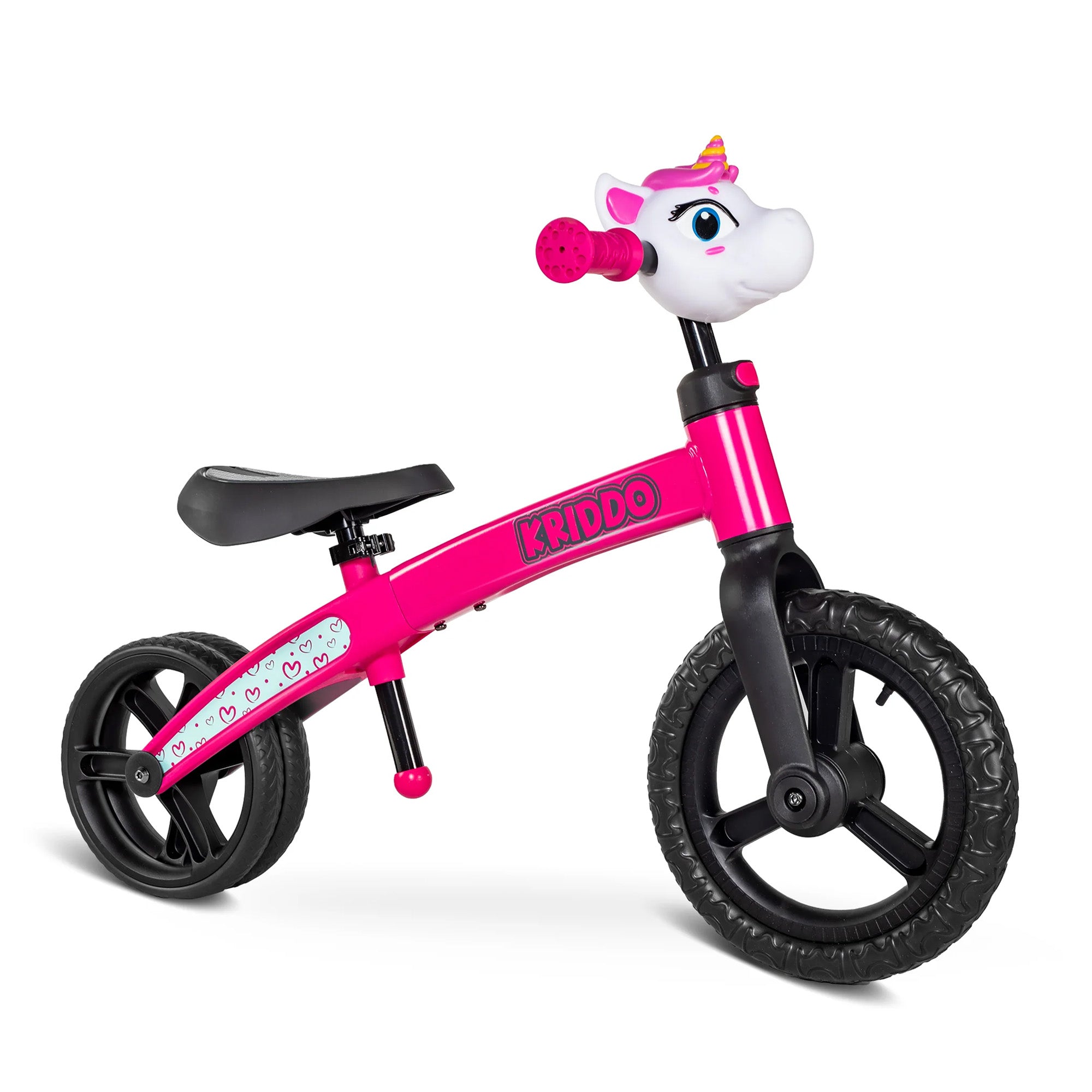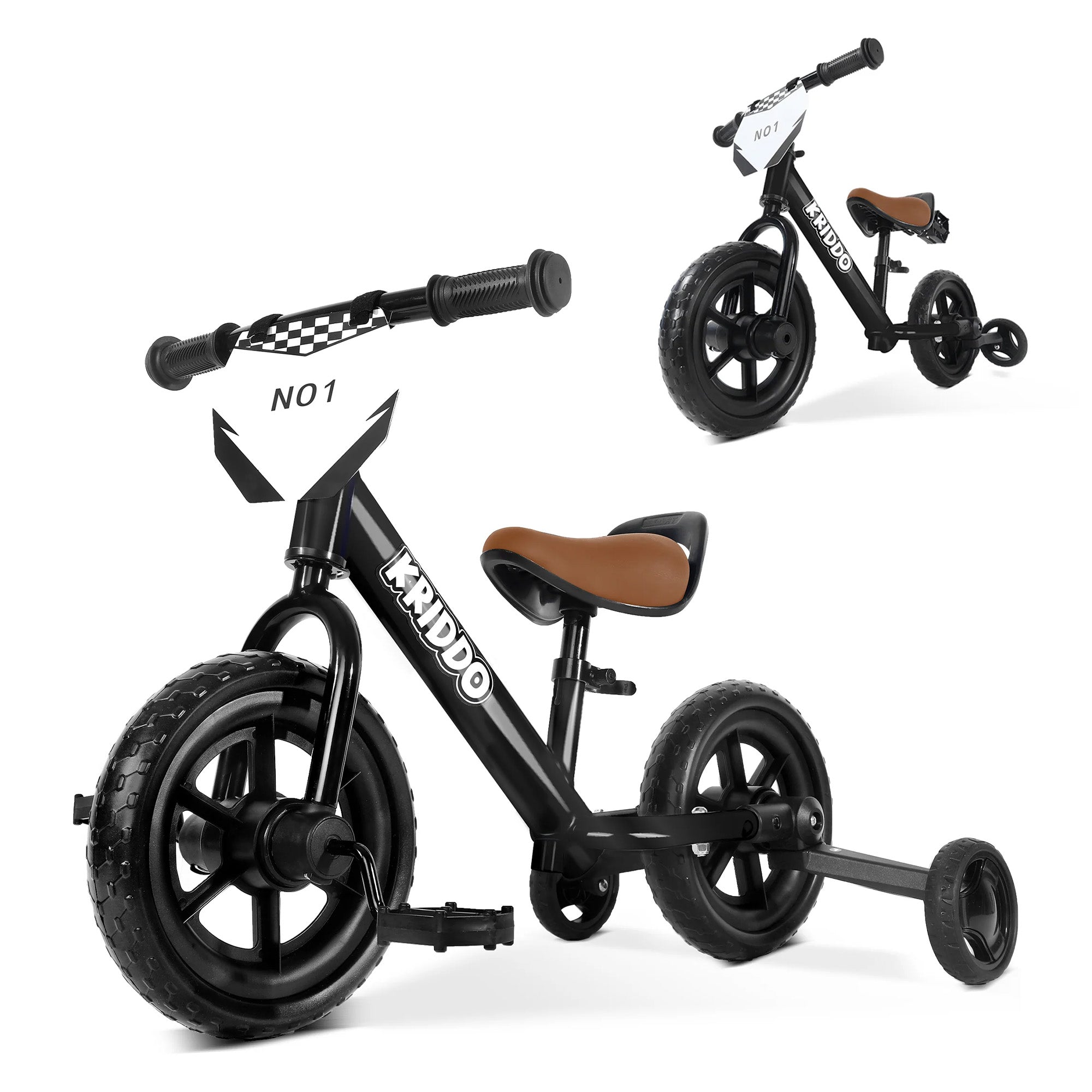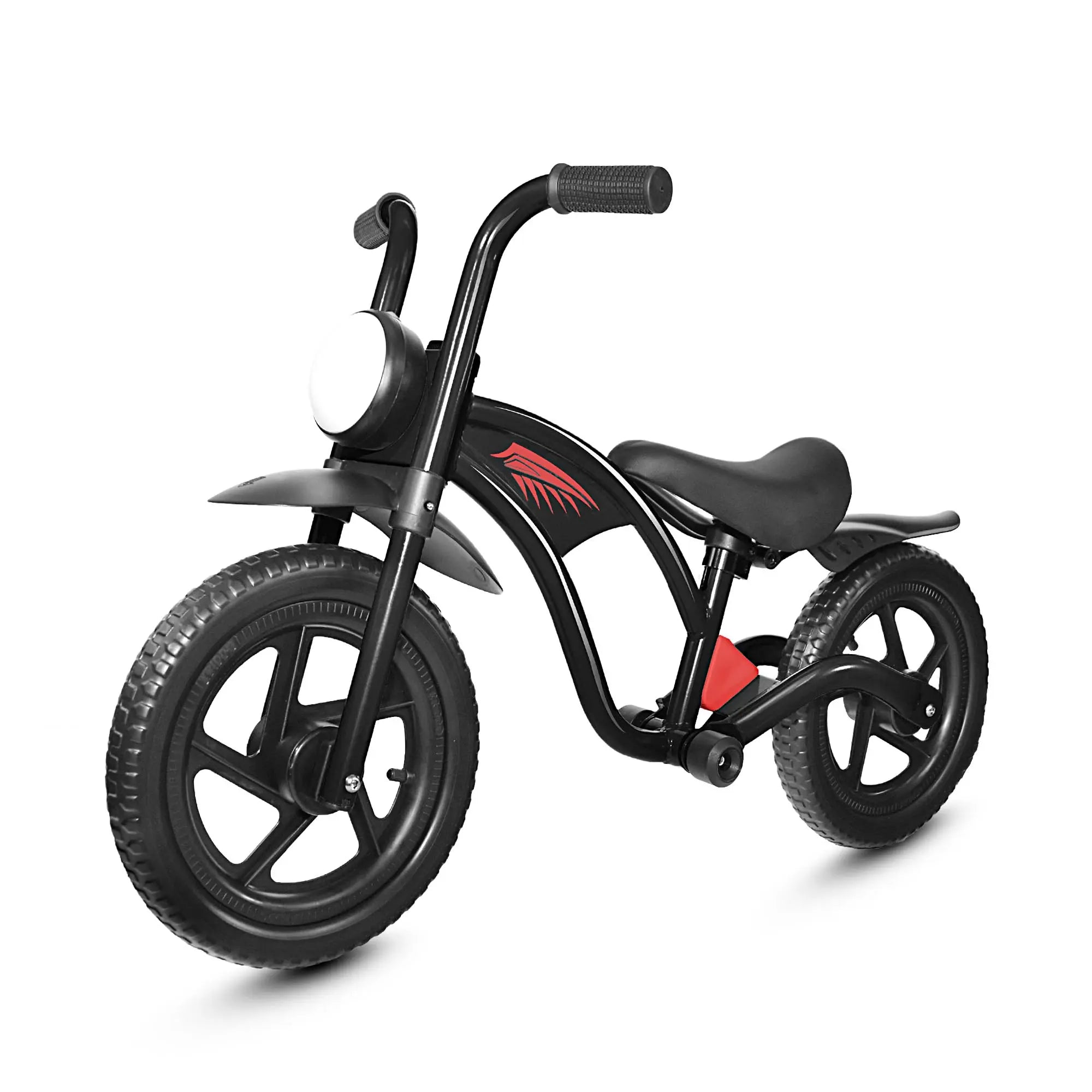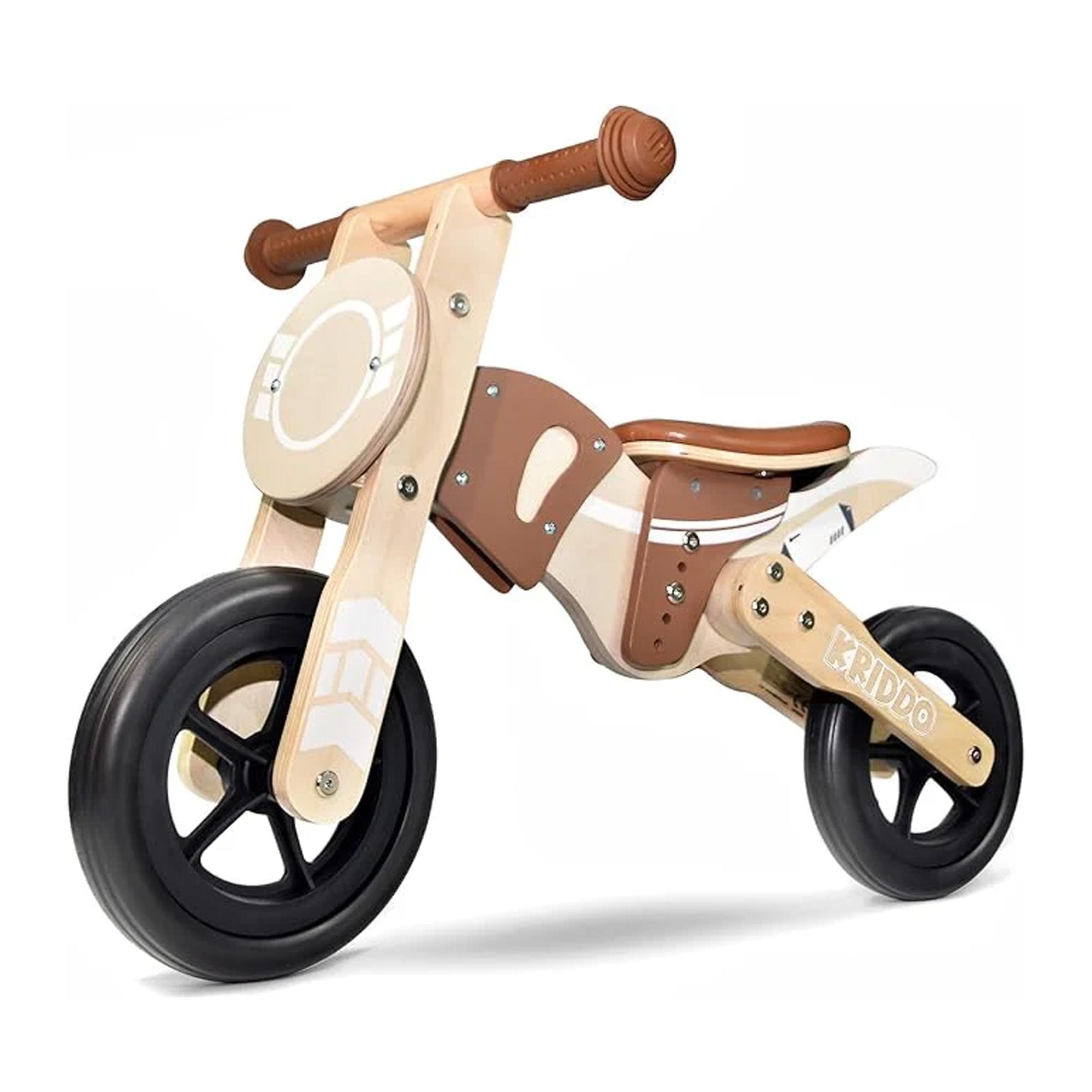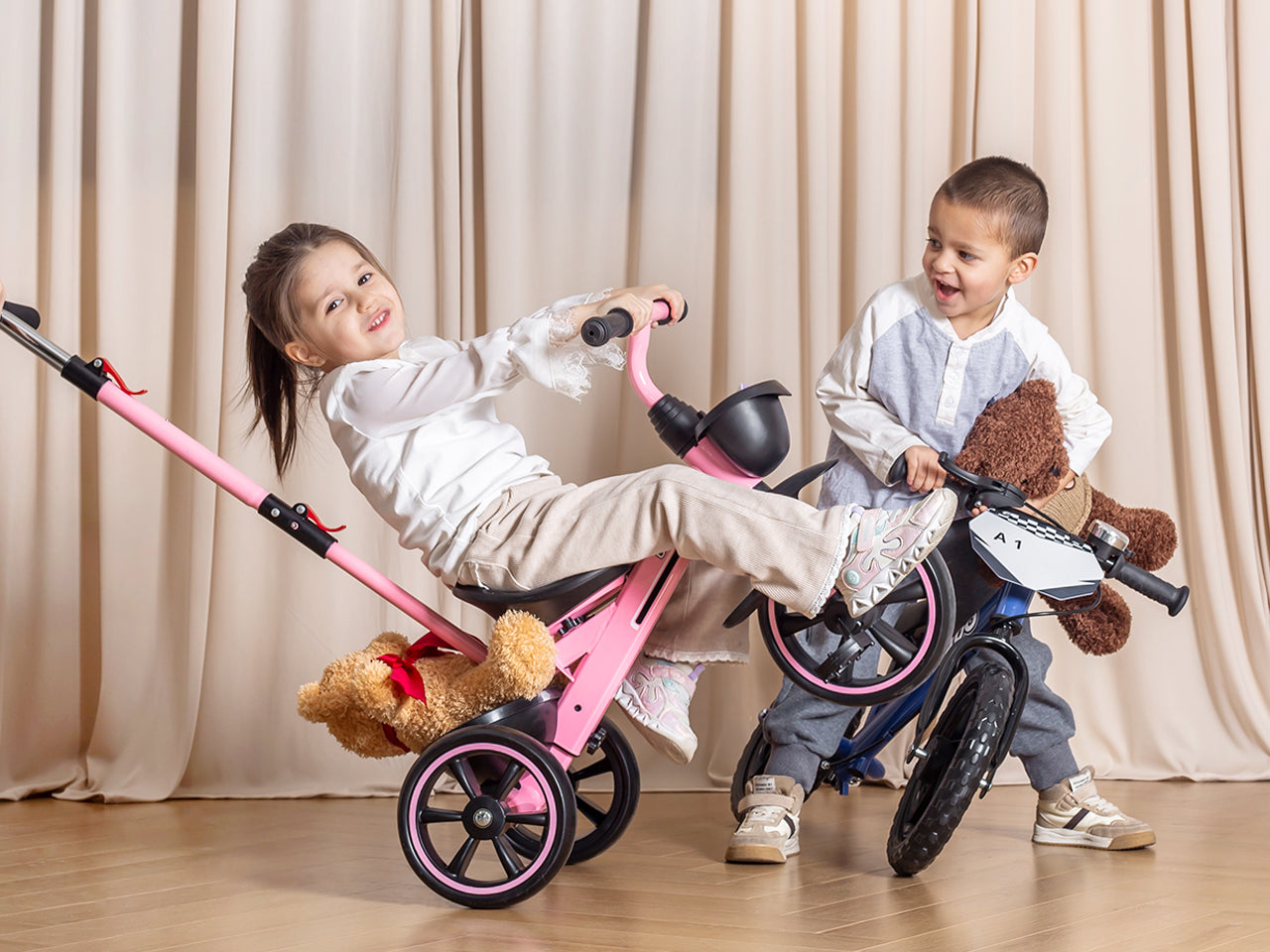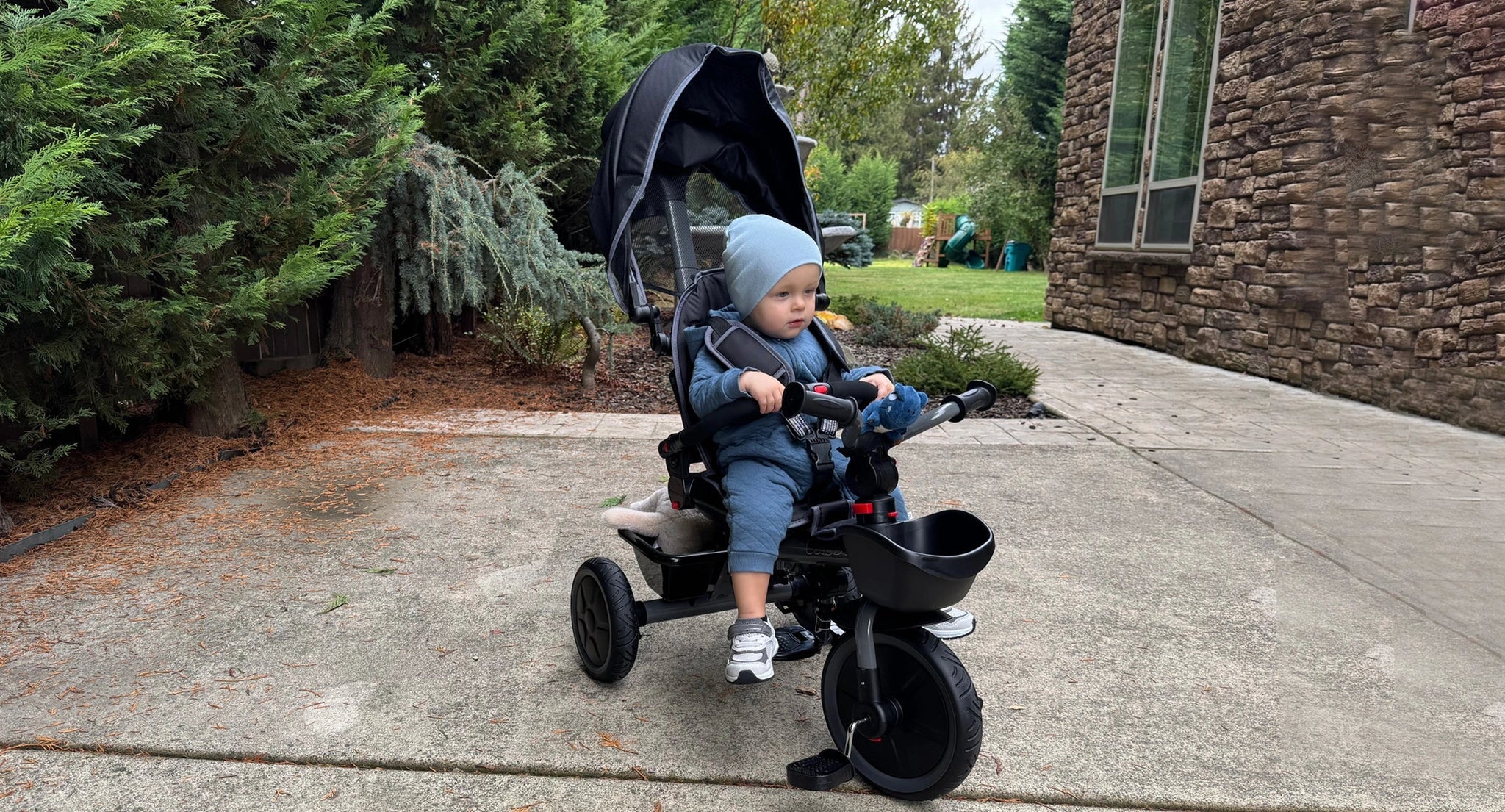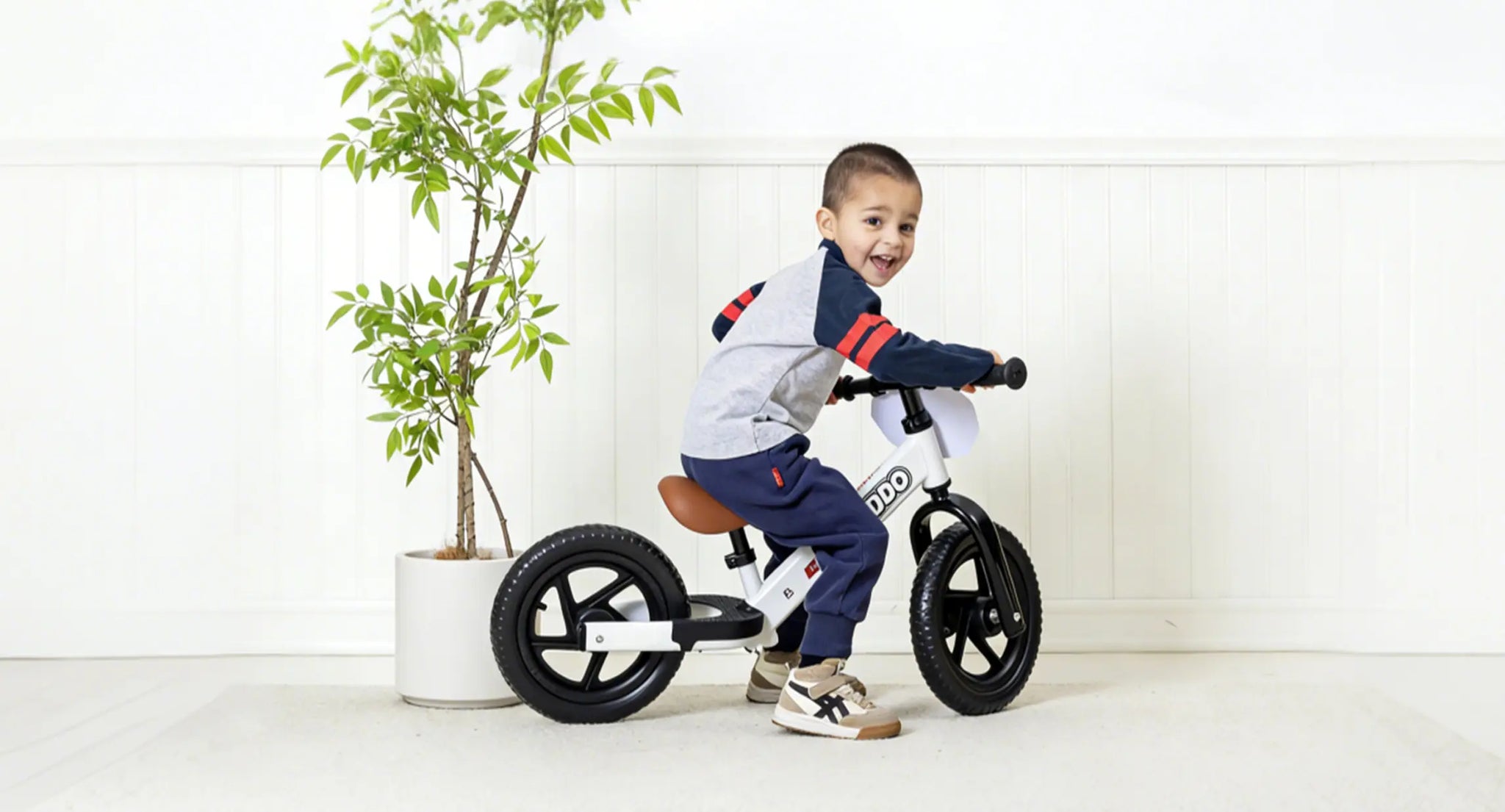Balance Bike benefits:
Big Motor Skill Gains for Little Riders
Coco | 17th,June
You’ve probably seen it—a toddler on a balance bike, feet pumping, eyes locked ahead, cheeks flushed with excitement. Cute, right? But here’s the part most people miss: that little ride isn’t just fun. It’s brain and body work in disguise.
Kids balance bikes aren’t just miniature bicycles without pedals. They’re full-on developmental tools, perfectly designed to boost a child’s coordination, confidence, and most of all—motor skills. Want your kid to move better, play smarter, and feel more in control of their body? A balance bike might just be your best ally.
The Benefits of Using a Balance Bike
Let’s clear this up first.
A balance bike is a lightweight, pedal-free bike for toddlers and young kids—usually between 18 months and 5 years old.Just the basics — no complicated parts, no extras. Just a seat, handlebars, two wheels, and a whole lot of movement magic.
Instead of focusing on pedaling, kids use their legs to scoot along. That might not sound like much, but it’s a big deal when it comes to mastering balance and spatial awareness—which are foundational components of gross motor development.
Balance Is the Unsung Hero of Motor Development

Here’s something most parenting books gloss over: balance isn’t just about not falling over. It’s about coordinating your whole body—eyes, ears, core muscles, limbs—to move smoothly and safely through space. And balance is central to every kind of motor skill your child will develop.
From crawling and walking to hopping, kicking, and climbing—it all hinges on body awareness and stability.
So when a balance bike toddler glides down the sidewalk, they’re not just having fun—they’re:
Strengthening their core and leg muscles
Practicing dynamic balance (adjusting movement while in motion)
Learning to steer and shift weight naturally
Developing bilateral coordination (using both sides of the body)
All of this supports smoother transitions to running, jumping, and eventually more refined skills like sports, dancing, or riding a pedal bike.
Let’s Talk Motor Skills: Gross vs. Fine

A quick refresher for those new to the terminology:
Gross motor skills involve large muscle groups—think walking, running, climbing, and of course, balancing.
Fine motor skills are more about precision—like grasping a pencil or buttoning a shirt.
While kids balance bikes mostly focus on gross motor development, they indirectly support fine motor growth too. Why? Because a stable, confident body frees up the brain and hands for more detailed work. Think of it like building a strong foundation before decorating a house.
Real-World Benefits of Balance Bikes for Motor Skills
So what exactly makes a balance bike a motor skills powerhouse? Let’s break it down.
1. Full-body engagement, every ride
Every time your child pushes off, lifts their feet, and balances on two wheels, they’re activating major muscle groups—core, glutes, quads, hamstrings, and more. Over time, this builds strength, control, and endurance.
2. Improved coordination
Balancing while steering requires your child to use their brain and body in sync. It’s not just about “not falling”—it’s about feeling how small changes in posture or speed affect movement. That’s pure neuromuscular gold.
3. Spatial and sensory awareness
Riding through tight spaces, avoiding obstacles, navigating turns—these experiences teach your child to judge distances and respond to their environment. It strengthens their vestibular system (which controls balance) and proprioception (awareness of body position).
4. Better posture and core control
Because balance bikes don’t offer external support like training wheels, kids naturally learn to sit upright and stabilize themselves. This posture awareness carries into sitting at a desk, climbing stairs, or playing sports.
What If My Child Struggles with Movement?
Here’s the encouraging news: toddler balance bikes aren’t just for athletic or super-active toddlers. They’re especially helpful for children who are a bit behind on motor milestones.
Whether your child has mild delays or just needs a confidence boost, a balance bike offers:
Low-pressure practice with movement
Gentle muscle strengthening
A safe way to build core and leg stability
An empowering sense of independence
For children with developmental conditions like low muscle tone, poor coordination, or sensory integration issues, balance bikes can become a fun therapeutic tool. Many pediatric occupational therapists even recommend them.
Of course, always check with your healthcare provider—but don’t be surprised if they’re fully on board.
And Then There’s the Confidence Factor…
Let’s not forget: the emotional wins matter just as much.
When a toddler masters balance, it’s like their whole body says, “I’ve got this.” That self-assurance trickles into other tasks—climbing a slide, trying a new game, joining a group of kids at the playground.
Confidence feeds curiosity. Curiosity fuels movement. Movement drives development. It’s a beautiful cycle—and the balance bike is often the spark that sets it all in motion.
Everyday Moments, Long-Term Gains

You don’t need to plan a formal training session. Just incorporate the balance bike into daily routines:
A ride to the mailbox
A glide down the driveway before dinner
Circles around the park on a Sunday
Every one of these moments adds up. Each scoot, balance, and bump over the sidewalk is wiring your child’s nervous system for better control, coordination, and movement confidence.
And perhaps the best part? They’re having a blast while doing it.
Final Thoughts: The Magic Behind Two Wheels
You don’t need to plan a formal training session. Just incorporate the balance bike into daily routines:
A ride to the mailbox
A glide down the driveway before dinner
Circles around the park on a Sunday
Every one of these moments adds up. Each scoot, balance, and bump over the sidewalk is wiring your child’s nervous system for better control, coordination, and movement confidence.
And perhaps the best part? They’re having a blast while doing it.








